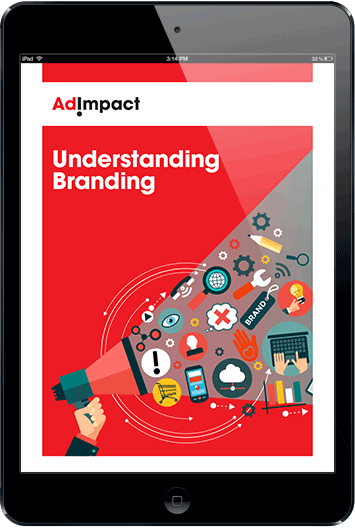When the vast majority think of Search Engine Optimization (SEO), they think of keywords. Search engines love new, significant, keyword-rich content, and they reward the sites that have it with better page rankings. Search engines aren’t simply checking for words however – they’re evaluating your web design too.
Many people don’t consider the impact the format of their site will have on SEO, yet they should. Here are five different ways website design helps — and damages — site search rankings.
1. Try not to overload the page with visuals
Quality content makes all the difference. Content upheld by appealing, convincing visual components is even better. However, there can be too much of a good thing. If you depend on visuals to tell your story, the search tools will read your website as light on content, and this is bad news.
You should highlight a lot of videos and infographics, support them with synopses, transcripts, or related content on the same page. That way, search engines will know what’s there when they scan your website. Also, improve your imagery by utilizing alt tags on images.
2. Heading tags help SEO
Separating content with headers is a brilliant idea for many reasons. Not only does it make your content searchable and simple to read, but it also can improve your SEO if used appropriately. Search engines rank them by number, and the more keywords you can get into them, the better. Notice how we got the term “Search engine optimization” into our headings? That wasn’t a mistake.
3. Mobile Friendly means SEO-friendly
Search engines rank mobile-friendly sites better, and with good reason. Many clients search on phones now, so Google favors sites that offer a superior mobile experience. You can make a mobile version of your site to load specifically on phones or tablets, however using responsive design (formats that adjust to any device) is better for SEO. There’s only one form of code for search tools to crawl, so responsive websites get indexed quicker.
4. HTML5 is loaded with SEO assistants
HTML5 is the most recent version of the markup language, and it has a few consequences for SEO. New elements — called semantic components — offer a clarification of what’s contained on a webpage, making it simpler for search engines to understand. HTML5 speeds up load times, which is significant for search rankings. If your site is coded with a more established variant of HTML, it might be worth a redesign.
5. An incredible User Experience (UX) means extraordinary SEO.
Search engines factor in bounce rate for rankings. If users have an awful encounter when they visit your site, your bounce rate will increase. Giving users an alluring, easy-to-use site with clear guidelines will go a long way towards keeping them engaged. You’ll be compensated with more site traffic and conversions.
The following are a couple of site components that mean great UX:
Natural navigation: Make it simple for visitors to read your site. Make navigation menus important and utilize clear markers. Always give users a spot to go next.
Simple: Keep design easy and clean. Try not to fear whitespace. Utilize visual components that help your conversion objectives, instead of ones that divert from them.
Insignificant barriers: Don’t ask a lot of questions to your site visitors. Requesting them to sign up for your newsletter the moment they land your site makes for terrible UX—those visitors don’t have a clue what you do yet. Ask only for the important data.
Make content searchable: Users examine more than they read, particularly when they first land on a page. Breaking content into more modest segments with descriptive headers makes it simpler to process.
How your site looks and the nature of the experience makes a significant difference for search rankings, either directly or indirectly. Great design combined with great content goes a long way toward ensuring extraordinary SEO.
Today, SEO has become essential for site ranking.
Website optimization service is best done in collaboration with a website design service. The objective of both is to give clients with an exceptional site. Designers focus more on the feel of the site, while SEO focuses on the variables that assist in improving ranking in search engines.

Free eBook
Fill in the form below to download the free eBook



